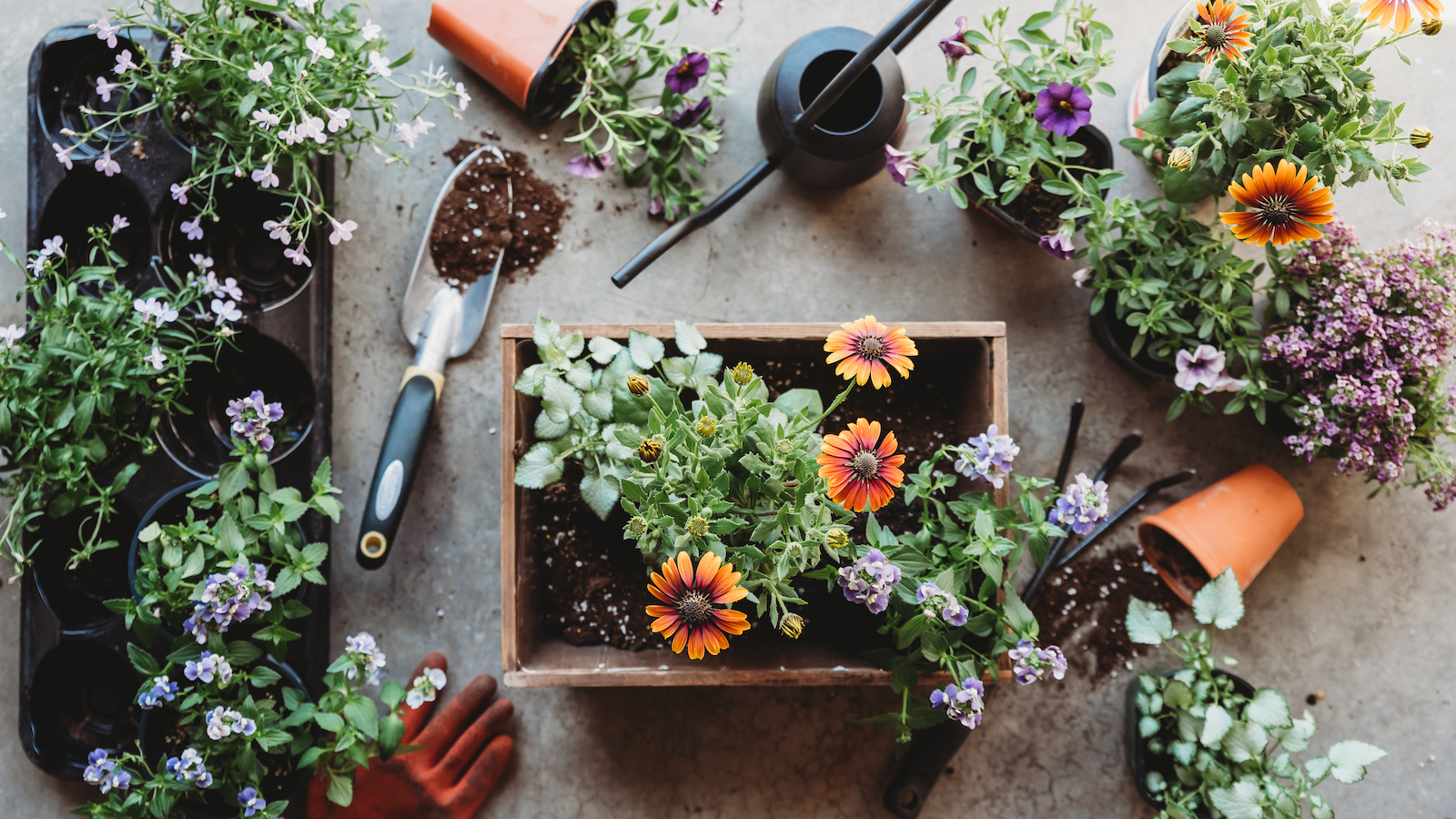What gardening zone am I in? Here's how to dig into the USDA Plant Hardiness Zone Map
Asking "What gardening zone am I in" can make or break your forthcoming floral plans, so now's the time to get informed


Before venturing to the nursery, ask yourself, "What gardening zone am I in?" This important detail can make or break your planting plans.
Of course, seasons look different across the country. Petals could start blooming near you while your best friend could be simultaneously experiencing a blizzard. It's all about location, location, location, which will affect what you can grow and when.
As you begin to turn your small garden ideas into a reality, there are a few things you need to know ahead of the process.
So, what gardening zone am I in?
No matter what you're working with — tiny garden spaces, large beds of soil, etc. — you'll need to ask "What gardening zone am I in" for your greenery to thrive.
Venture to the USDA Plant Hardiness Zone Map, available on the United States Department of Agriculture website, and type in your zip code. From there, you'll receive your plant hardiness zone classification, which will help you determine what you can plant as a perennial versus an annual. The map is defined by the average annual extreme minimum winter temperatures, affecting whether or not your florals can return each year after surviving winter conditions.
Needless to say, these details are incredibly important when mapping out backyard ideas.
What are gardening zones?
There are 13 hardiness zones — 1 is the coldest and 13 is the warmest — and you'll find a 10-degree range of average minimum temperatures within each zone as well as a sub-zone, a and b.
Get small space home decor ideas, celeb inspiration, DIY tips and more, straight to your inbox!
If this is sounding a bit technical, rest assured that it's easier than it seems. The plants and flowers that you purchase typically include a hardiness zone on their packaging.
Let's say you're in zone 6 and the florals in question are good for zones 6-10. If your zone is the same number, or if your number is higher than what's listed on the packaging, you can grow the flora in question as a perennial. If it's lower, it's an annual.
See, not so bad, right? "What gardening zone am I in" does involve numbers and data, but once you arrive at the nursery, it'll feel more seamless. Now, where are those shovels and gardening gloves? (How cute is the floral print on Terrain's Heirloom Garden Arm Saver Gloves?)
What to shop
Prices were correct at the time of publication.
Now that you have an idea about zones, it's time to get some inspo. Our gardening experts reveal what to plant in March and how to get your floral sanctuary in tip-top shape.

Pleasure to meet you! I'm Danielle, a content editor at Real Homes who loves scoping out interior trends. I've specialized in lifestyle writing and editing for 10 years with a focus on events, food, and books, among other areas. When I'm not working, I'm usually cooking, reading, or searching for a new project for my apartment.
